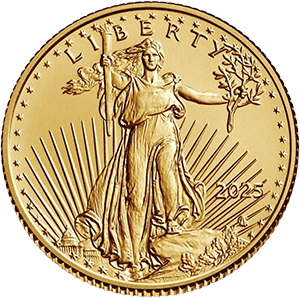The History of Silver Coins
Man has recognized the qualities of silver for several thousand years. Based on evidence found on islands in the Aegean Sea, it is fairly evident that mankind has practiced the science of separating silver from lead at least as far back as 3,000 BC.
Silver has an atomic number of 47. This means it is the 47th element in the periodic table by atomic weight and contains 47 electrons. The atomic weight of silver is 107.86, and it is in a solid state at 298 degrees Kelvin. Silver has a hardness rated between 2.5 and 2.7, and is therefore one of the most malleable of all metals. Silver is white, lustrous and, well, silver.
Silver has many uses in our society. Silver Bromide is used extensively in photography. Various alloys of silver have long been used for jewelry.
Silver is an excellent conductor of both heat and electricity and is therefore used for various electrical applications. Up until the 1930’s, silver compounds were used as a normal part of medicine.
The Origins of Silver Currency
Silver has been used as currency for many thousands of years. The first currency of the modern man - Greek state - was called the Phoenix. It was originally issued in 1828 in the form of a silver coin equal in value to the French Franc. Its official denomination was the lepton and 1 phoenix equaled 100 lepta at the time.
The name taken was that of the mythical Phoenix bird, and was meant to symbolize the rebirth of Greece. The myth of this bird derives from ancient Egyptian mythology. The Phoenix is a mythical sacred firebird said to live for either 500 or 1461 years. The male bird with beautiful gold and red plumage builds itself a nest of cinnamon twigs at the end of its life and then ignites it. Both nest and bird burn fiercely and are reduced to ashes and from the ashes a new, young phoenix would rise.
In the late 15th century in Germany silver coins were being used amongst the locals - these silver coins were called Talers. This word has been translated from German into many other languages including English resulting in the word “daler,” and eventually dollar. So the word dollar is not unique to the US.
James VI of Scotland struck a 30-shilling coin between 1567 and 1571 generally called the Sword Dollar due to his depiction on the obverse holding a sword.
Charles II of England (1660-1685) struck the Double Merk of 1578 - this piece was called the Thistle Dollar.
Many of these early examples of silver coins can still be found in museums, private collections and, who knows, perhaps many more may be found on future treasure hunts.
For those embarking on a hobby or investment of collecting silver coins, there are certainly some fascinating coins to browse and collect.

